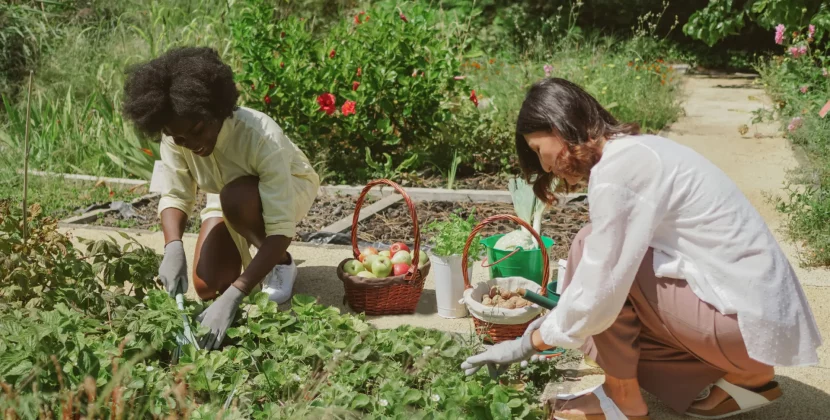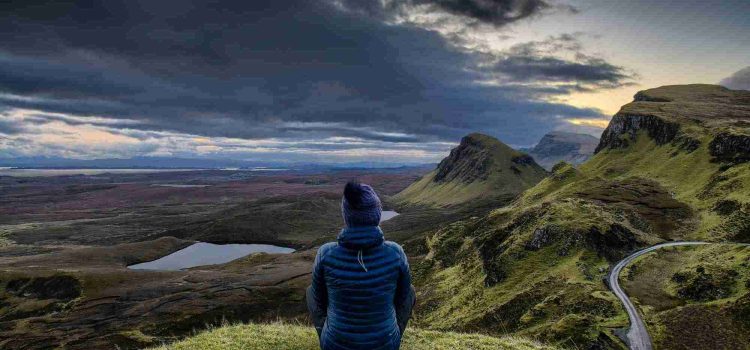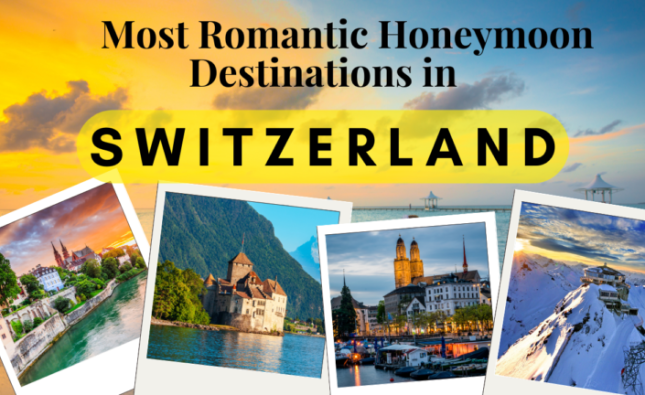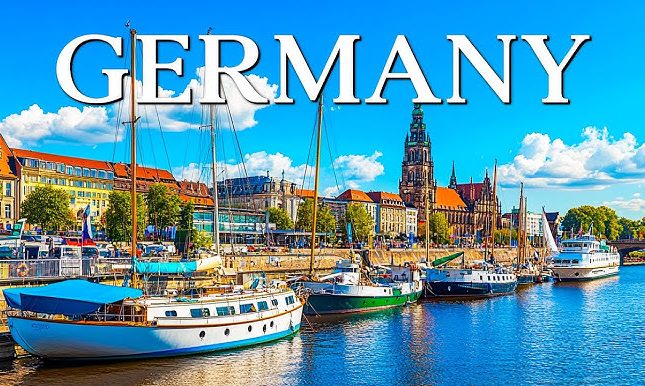
Introduction to Slow Travel
Slow travel emphasizes quality over quantity, encouraging travelers to immerse themselves deeply in local cultures, traditions, and landscapes. It contrasts with fast-paced tourism by prioritizing meaningful experiences and connections.
2. Benefits of Slow Travel
Slow tourism offers numerous benefits. It reduces stress associated with rushed itineraries, allows for deeper cultural understanding, promotes sustainable tourism practices, and fosters connections with local communities.
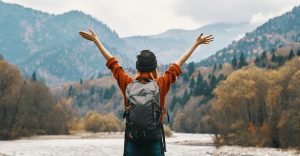
3. Embracing Mindfulness and Relaxation
Mindfulness is central to slow travel, focusing on being present in each moment of the journey. It encourages travelers to slow down, appreciate surroundings, and engage in leisurely activities like hiking, cycling, or simply enjoying local cuisine.
4. Sustainable Practices in Slow Tourism
Sustainability is inherent in slow tourism principles. Travelers minimize carbon footprints by opting for eco-friendly accommodations, supporting local businesses, and using public transportation or walking to explore destinations.
5. Destinations Ideal for Slow Travel
Discover destinations perfect for embracing slow tourism. Tuscany, Italy, offers vineyard tours and leisurely walks through medieval towns. Kyoto, Japan, invites travelers to explore temples, gardens, and traditional tea ceremonies at a relaxed pace.
6. Immersion in Local Culture and Traditions
Slow tourism encourages immersion in local cultures. Participate in cooking classes, festivals, and homestays to gain insights into daily life and traditions, fostering meaningful connections with locals.
7. Disconnecting from Technology
Slow tourism promotes disconnecting from technology to fully appreciate surroundings and engage in face-to-face interactions. It encourages digital detoxes, allowing travelers to recharge and focus on authentic experiences.
8. Slow Food Movement and Culinary Experiences
Explore the slow food movement through culinary experiences. Slow tourism encourages dining at local eateries, farmers’ markets, and food tours that highlight regional specialties and sustainable farming practices.
9. Photography and Creative Expression
Slow tourism inspires creative expression through photography, writing, or sketching. Capture landscapes, architecture, and moments that evoke the essence of a destination, reflecting personal experiences and perspectives.
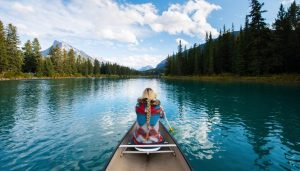
10. Planning Your Slow Travel Experience
Plan a slow travel experience by researching destinations, creating flexible itineraries, and prioritizing activities that align with personal interests and relaxation. Embrace spontaneity while allowing ample time to savor each experience fully.


